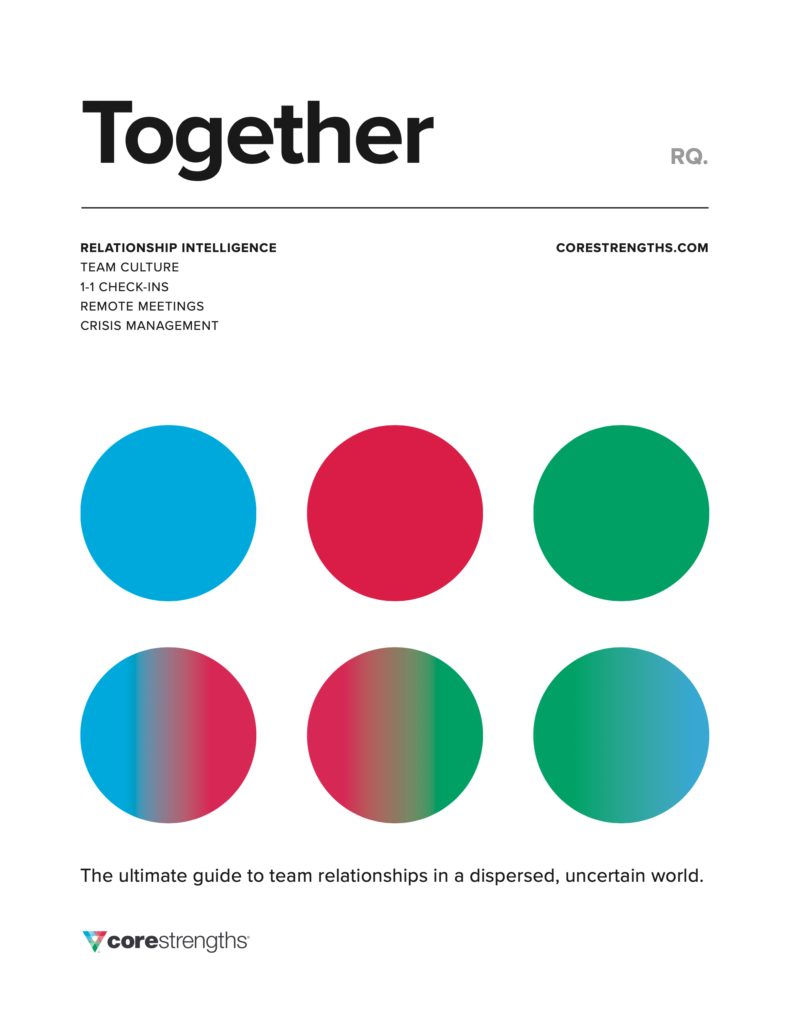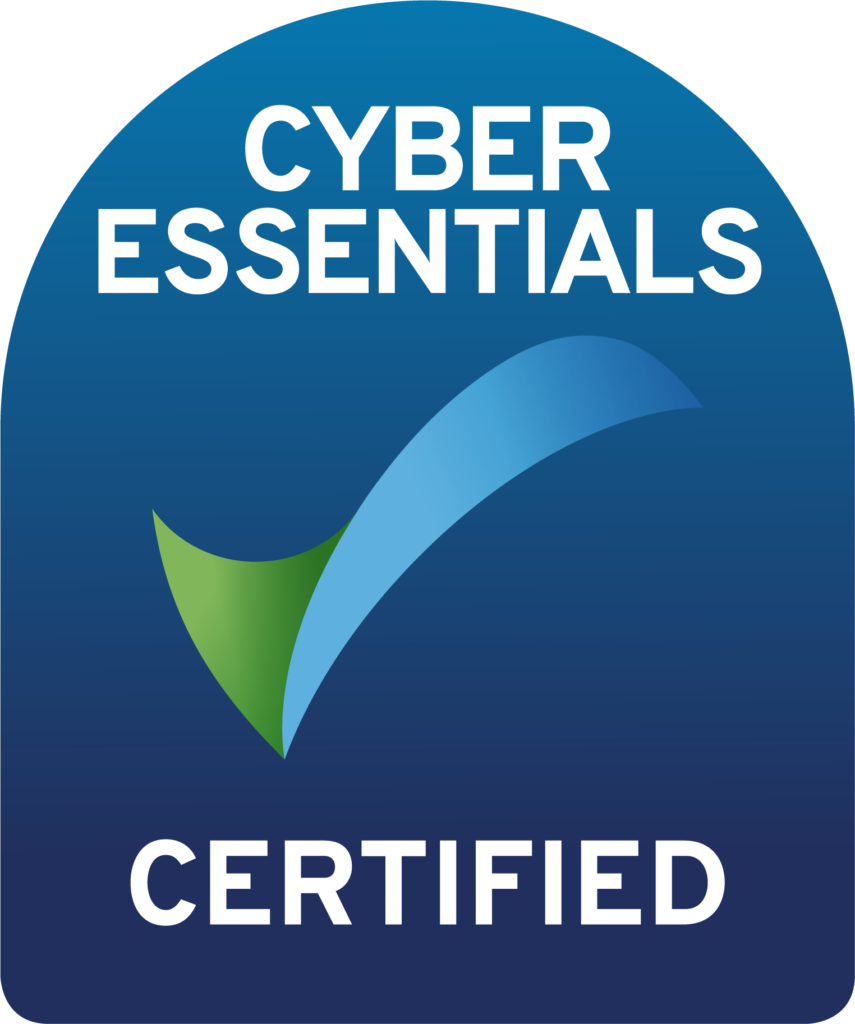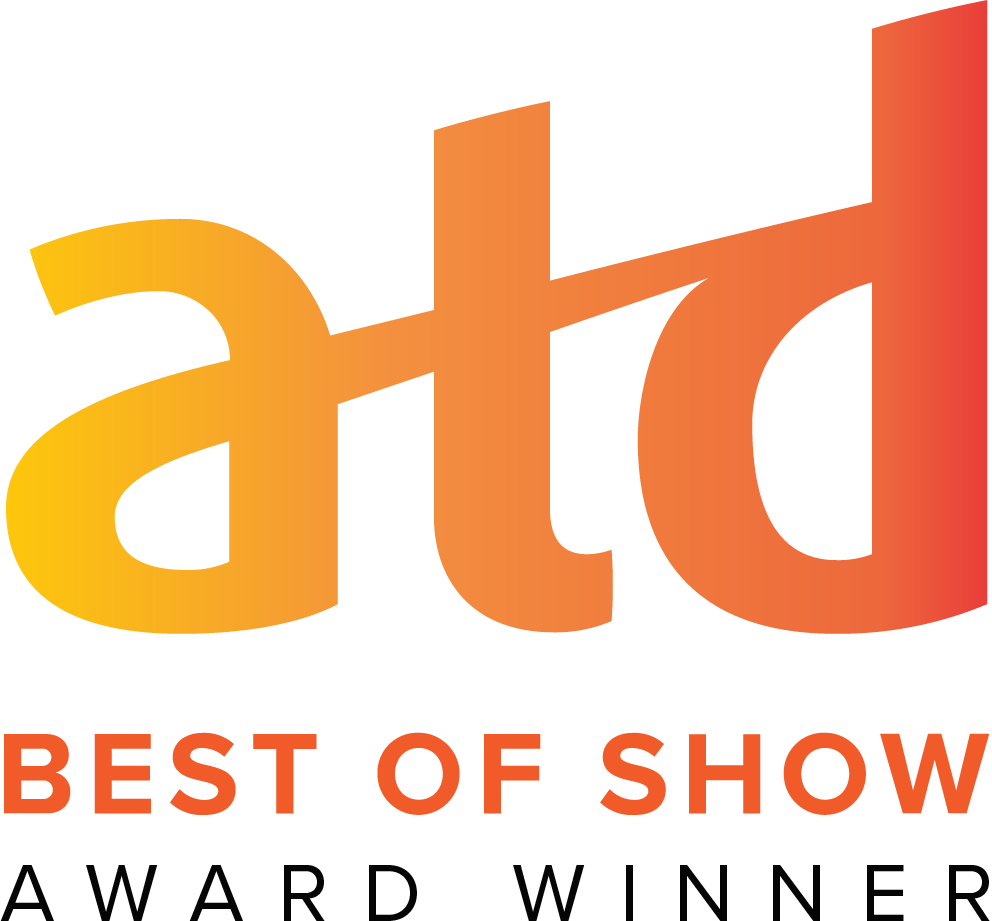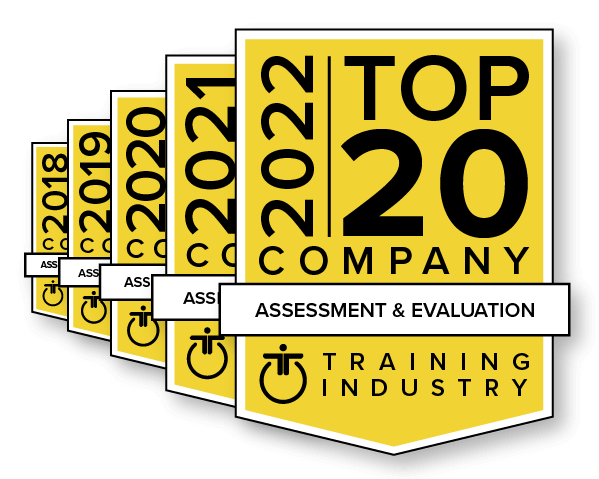Tap into people’s diverse motivations to promote equity in the workplace.
By Gil Brady
In this blog, I want to discuss equity in the workplace from a cognitive perspective. The business case for equity in the workplace is clear and compelling, so here I want to explore the idea of equity from a different angle, diving into the benefits of valuing the diversity of thought and motivation among your colleagues.
We all bring unique motivations and strengths to our jobs, and the mix of these perspectives and ways of thinking is a less-discussed, yet very important, kind of workplace diversity: cognitive diversity. Similar to cognitive diversity, cognitive equity is our individual and collective commitment to equally value these different ways of thinking.
What is cognitive equity in the workplace?
When considering the question of cognitive equity in the workplace, it’s best to start with the idea of inclusion. According to Core Strengths research, everyone we will ever meet has three primary motivations. No matter how different another person is from us in any other aspect of diversity, we can rely on this fact. This is a powerful realization for inclusion.
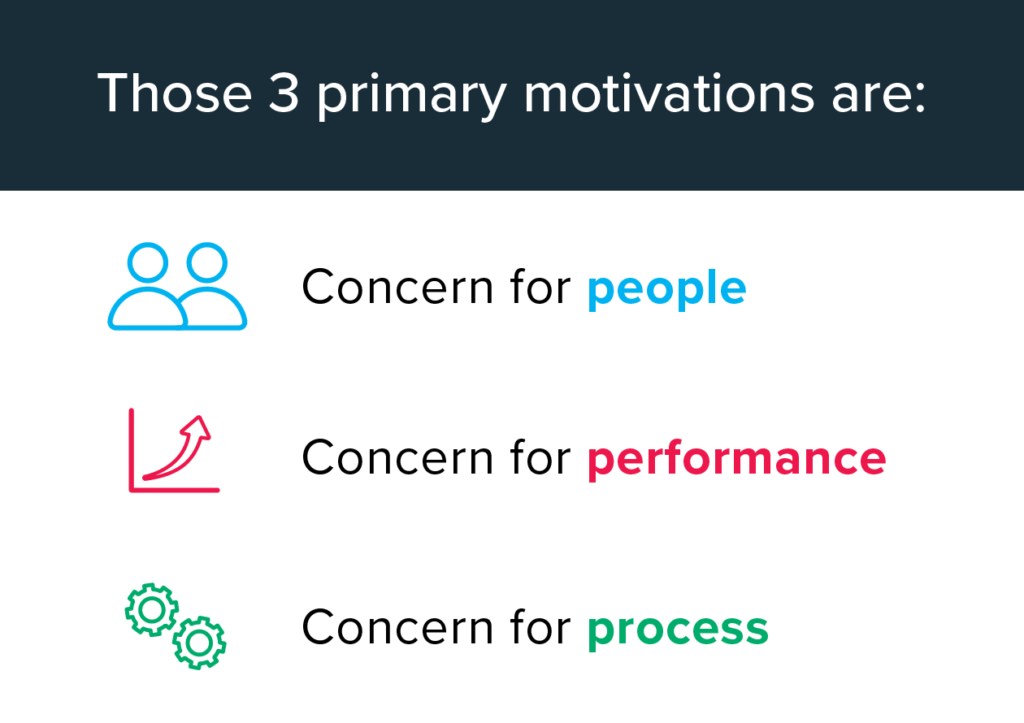
The perspectives, skills, and ideas of people who prioritize concern for people, concern for performance, and concern for process are all equally valuable—an equal asset to the workplace and the world.
Cognitive equity in the workplace: some necessary background
Our motivations are why we do what we do.
They represent what is most important to us at our core. It’s helpful to consider a buoy and anchor analogy when trying to understand motivation and differentiate it from behavior. The buoy represents our behaviors. It’s visible and influenced by the environment; it shifts and changes. The anchor represents our motivation. It’s connected to the buoy, but it’s more stable and less visible. Our behavior is what we do; our motivation is why we do it.
The three primary motivations—people, process, and performance—make us similar. What makes us different is how we prioritize the three motivations. Some people may prioritize one motive over the other two, while another person may prioritize two motives over the third, while another person may value all three motives somewhat equally.
The context also matters. Most people don’t behave exactly the same in every situation or relationship, but they do consistently behave in a way that’s aligned with their motivation. You choose behaviors that embody what you value most.
This is where another Core Strengths concept comes in: Relationship Intelligence or RQ. RQ is insight that will allow our interactions to be more effective. In other words, insight into the relational context that allows you to choose how to behave. Additionally, RQ helps us better understand how other people behave. Instead of judging others’ behavior, we consider the motivation underlying their choices.
Bringing it all together, let’s say you’re primarily motivated by people, and your boss is primarily motivated by performance. When your boss is driving for the numbers, you can choose to make the case for prioritizing people’s needs in a way that shows your boss the positive impact on performance. RQ gives you insight into your boss’s motivation, letting you choose the best way to have an effective interaction where everyone wins and everyone’s perspective is valued and appreciated. This is an example of cognitive equity in the workplace.
Using relationship intelligence to promote equity in the workplace
It’s important to understand the contexts where you might choose to behave in one way or another to promote equity in the workplace. The key is rooting the behavior in your primary motivation.
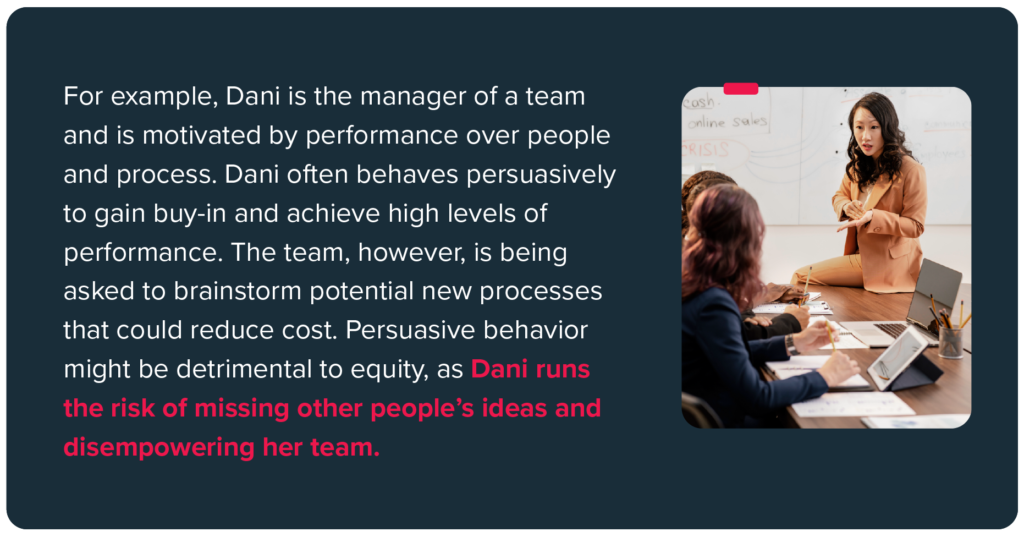
So, she has a choice to make. She can let a member of her team lead the brainstorming session who is less naturally persuasive, and who is more motivated by process. Or, she can think about why a new process will ultimately be good for team performance—her primary motivation—and lead the brainstorming with more fair and option-oriented behavior.
The power of cognitive equity in the workplace

Cognitive equity benefits everyone
Interestingly, the person most different from you often holds the key to ensuring that you don’t make your biggest mistakes. Most people can think of situations when they wished they’d had someone with them who could bring a different cognitive perspective to the table because they would have made a better decision as a result of that person’s input.
If someone is quick-to-act and seizes opportunities, they may benefit from partnering with a teammate who is more cautious. Conversely, the team member who evaluates risk thoroughly will benefit from partnering with someone who can challenge them not to move too slowly and accidentally miss an opportunity.
But this partnership can only occur if both team members practice cognitive equity, genuinely valuing their differences and embracing the contributions of someone with different motivations.

Cognitive equity promotes better collaboration
What allows us to collaborate is the recognition that even when our motivation for doing something is different from someone else’s, we can both agree on the need to behave in the same way based on the challenge we’re facing. Intolerance creeps in when we think someone else’s motivations are less important and less valuable, than ours.

Cognitive equity opens the door to other kinds of differences
Cognitive equity tends to help people see that difference is valuable—and that equally valuing team members’ differences is a tremendous competitive advantage. When you’re connecting with someone on the level of what’s most important to you, and honoring what’s most important to each other, work becomes a place where you can be your authentic self, feel valued, feel safe, and feel appreciated for what matters to you at your core.
How to increase equity in your workplace
There’s incredible power when people with different cognitive perspectives come together. For business success, we must get the mission done (performance motive), care for people (people motive), and build sustainable systems (process motive) in an integrated way. Developing equity from this perspective is essential to meet the challenges of innovation, engagement, and psychological safety facing organizations today.
Core Strengths can help your organization integrate cognitive differences and increase equity through:

